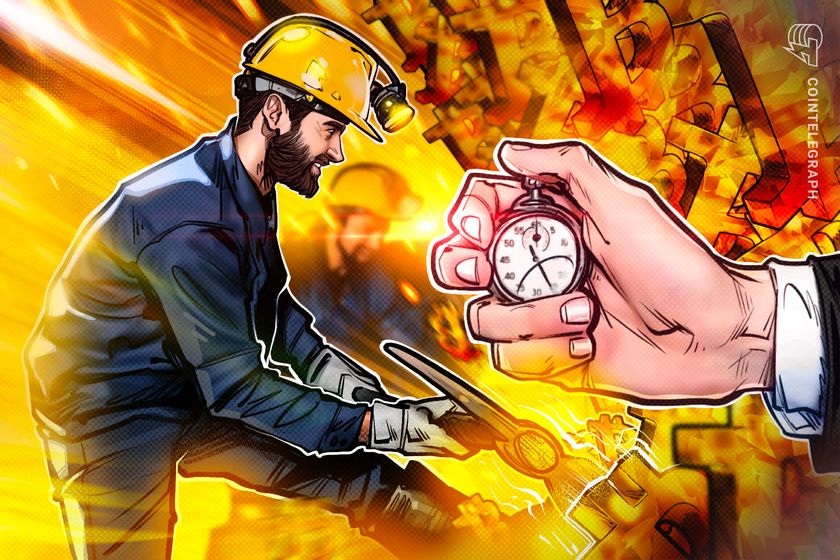223rd Ethereum ACDE Meeting: Glamsterdam Proposal Deadline: October 30th, Fusaka Mainnet Release Scheduled for December 3rd
PANews reported on October 24 that according to the minutes of the 223rd Ethereum Executive Core Developers Meeting (ACDE) summarized by Christine Kim, developers have set next Thursday (October 30) as the deadline for submitting EIP proposals for the Glamsterdam upgrade, and plan to finalize the scope of code changes included in the upgrade before November 27.
Conference highlights include:
-
Fusaka Mainnet Timeline Confirmed – Alex Stokes, Head of Coordination at the Ethereum Foundation, has proposed a Fusaka mainnet upgrade for December 3, 2025, with subsequent Blob Parameter Optimization (BPO) scheduled for December 9 and January 7, 2026, respectively. All Execution Layer (EL) client teams (including Geth, Nethermind, Reth, Besu, and Erigon) have confirmed this schedule as feasible.
-
The Hoodi testnet will activate the Fusaka version on October 28, which is the last test upgrade before the mainnet launch; the Holesky testnet is expected to be closed next week.
-
Glamsterdam Upgrade Path - Developers plan to launch a multi-client developer testnet to test the Block-Level Access Lists (BALs) feature.
-
Proposal submission deadline: October 30
-
Client team feedback deadline: November 6
-
Final scope confirmation: November 27
The Ethereum Cat Herders team will hold public office hours on October 28th to assist EIP authors in submitting proposals.
-
-
Key Technical Discussions - EF researcher Maria Silva proposed two solutions to improve the accuracy of gas units and converted the related research into EIPs for Glamsterdam's consideration. Separately, EIP 8058 proposed providing "deduplication discounts" to developers who deploy the same contract multiple times to reduce state bloat.
-
Removal Proposals - EIP 7667 and EIP 6873 (both related to the Verkle data structure) have been removed as they no longer fit within the current roadmap.
Stokes concluded that the core goal is to finalize the technical scope of Glamsterdam by the end of November, laying the foundation for the mainnet upgrade at the end of the year.
You May Also Like

Mid-tier Bitcoin miners gain ground, reshaping post-halving competition
Smaller Bitcoin miners surge in hashrate and debt as competition intensifies post-halving, reshaping the industry’s balance of power. The Bitcoin mining industry is becoming increasingly competitive, with so-called tier-2 operators closing the gap on established leaders in realized hashrate — a sign of a more level playing field following the 2024 halving.According to The Miner Mag, companies such as Cipher Mining, Bitdeer and HIVE Digital have rapidly expanded their realized hashrate after several years of infrastructure growth, narrowing the distance to top players like MARA Holdings, CleanSpark and Cango.“Their ascent highlights how the middle tier of public miners — once trailing far behind — has rapidly scaled production since the 2024 halving,” The Miner Mag wrote in its latest Miner Weekly newsletter. Read more

Wormhole launches reserve tying protocol revenue to token
